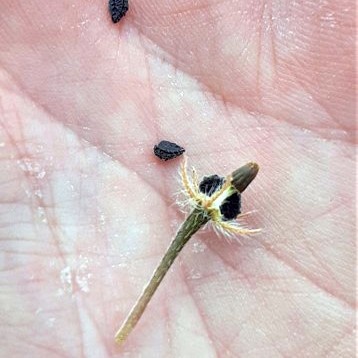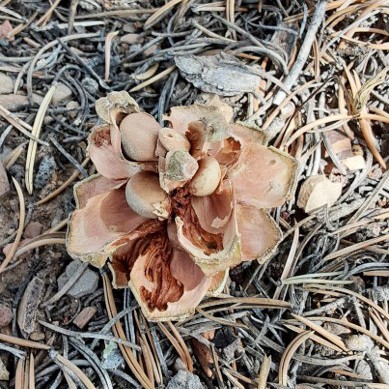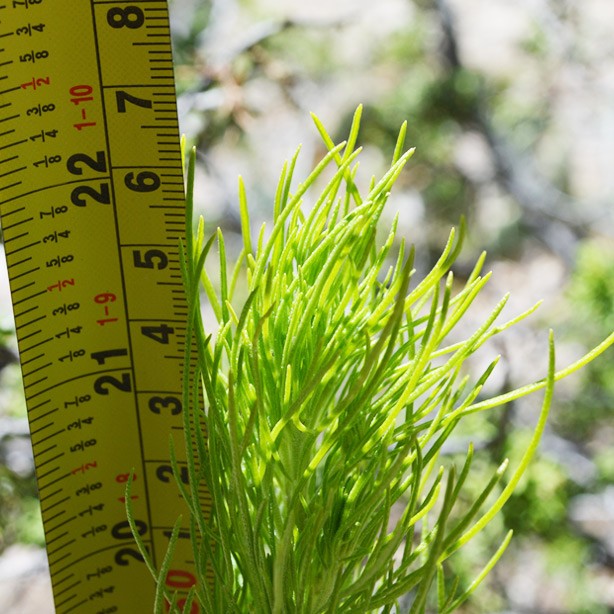Objective:
Traits and diversity are key to evaluating why some ecosystems and species are more sensitive to environmental change than others. Traits are essential to generalizations beyond the dynamics of specific species. Traits also help us to understand the biophysical feedbacks between plants and the abiotic environment. Therefore, we have assembled existing and newly collected data into the first SEV LTER Trait Database. Monitoring trait change is critical to effective prediction because altered trait distributions will shape how future populations and communities respond to amplified environmental variability. We are currently evaluating whether long-term increases in climate mean and variance will shift trait distributions from acquisitive toward more conservative strategies.
Novelty:
Historically, LTER sites, including ours, focused on patterns and process from a largely species- or community-centric rather than traits-based perspective. Because traits add novel information on species’ functions in ecosystems they can increase the information yield from analyses of long-term dynamics, their drivers, and their consequences.
Design:
We follow established protocols for standardized plant trait data (Perez-Harguindeguy et al. 2013) to sample at least 10 individuals per species across diverse dryland biomes of the SEV LTER program.
Responses:
We focus on traits important to the performance and persistence of primary producers in drylands. Leaf traits that mediate water balance, tolerance to drought, and herbivory include specific leaf area, water use efficiency, and leaf [C]:[N] ratio. Belowground traits inform on plant responses to precipitation and include rooting depth and specific root length. Other plant traits such as height, lifespan, seed mass, and dormancy affect plant responses to climate and species interactions. We have also added field-collected spectral reflectance data for a subset of focal plant species.
Supporting Documents:
Field-Collected Spectral Reflectance of Dominant Vegetation at the Sevilleta National Wildlife Refuge. https://portal.edirepository.org/nis/mapbrowse?scope=knb-lter-sev&identifier=328




